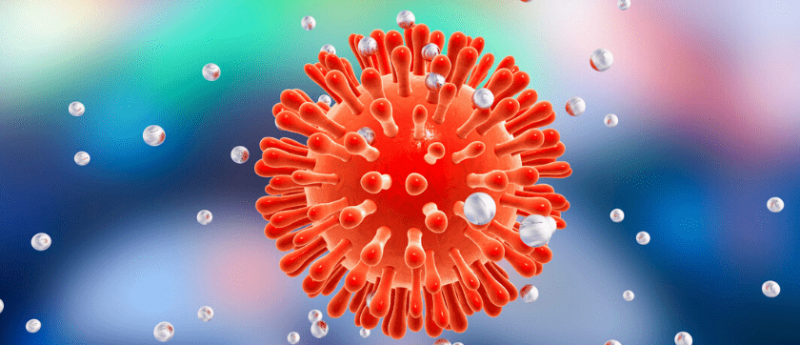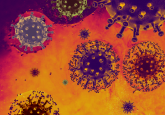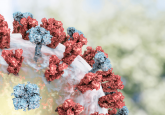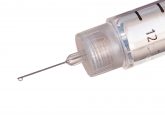Nanotech gives detailed risk assessment of COVID-19 patients

We have seen great advances in a very short space of time involving nanotechnology for the diagnosis of coronaviruses and now, a researcher from Michigan State University (MI, USA), Morteza Mahmoudi, has conceptualized a point-of-care diagnostic platform for COVID-19 patients using nanotechnology, published in Molecular Pharmaceutics.
This platform utilizes the ability of nanoparticles to form a biomolecular or protein corona on interaction with biological fluids to precoat the nanoparticles with a specialized protein that can be directed to interact with only similar proteins from plasma as the corona is developing. These disease-specific coronas show the variation in protein interactions depending on the disease the host plasma has been in contact with. The idea is that the protein corona profiles from patients with different diseases will differ dramatically and this could affect their responses to infection with viruses such as SARS-CoV-2 and in turn the therapeutic efficacy of treatment strategies.
“By analyzing the composition of the crowns at the surface of tiny particles together with statistical approaches, the platform may provide a ‘fingerprint’ pattern for patients who may be at a death risk after being infected by COVID-19,” stated Mahmoudi.
Therefore, the nanoparticle protein corona diagnostic sensor could identify patients who are more at risk of developing fatal COVID-19 infections than non-fatal infections and therefore allow healthcare professionals to assess the risk of mortality between patients.
Mahmoudi also describes how nanoparticles can also improve Magnetic levitation (MagLev) techniques for isolating proteins in fluid. Generally, proteins in solution are not stable, so by adding superparamagnetic iron oxide nanoparticles the plasma proteins are stabilized and levitated using the MagLev device. This increases the detection capacity of diseases and resulting optic images can be analysed under machine learning techniques to give a more comprehensive view of the health of an individual.
These technologies could give valuable insights into the risk posed to an individual infected with COVID-19, which could dictate the path of treatment for that individual. They could also enable a greater scope for understanding the virus in conjunction with other disease factors, including the identification of new biomarkers of the disease.
“Such nanotechnologies for early-stage identification of high-risk patients could prevent severe shortages of health care resources, minimize death rates and improve management of future epidemics and pandemics,” Mahmoudi eluciated.





